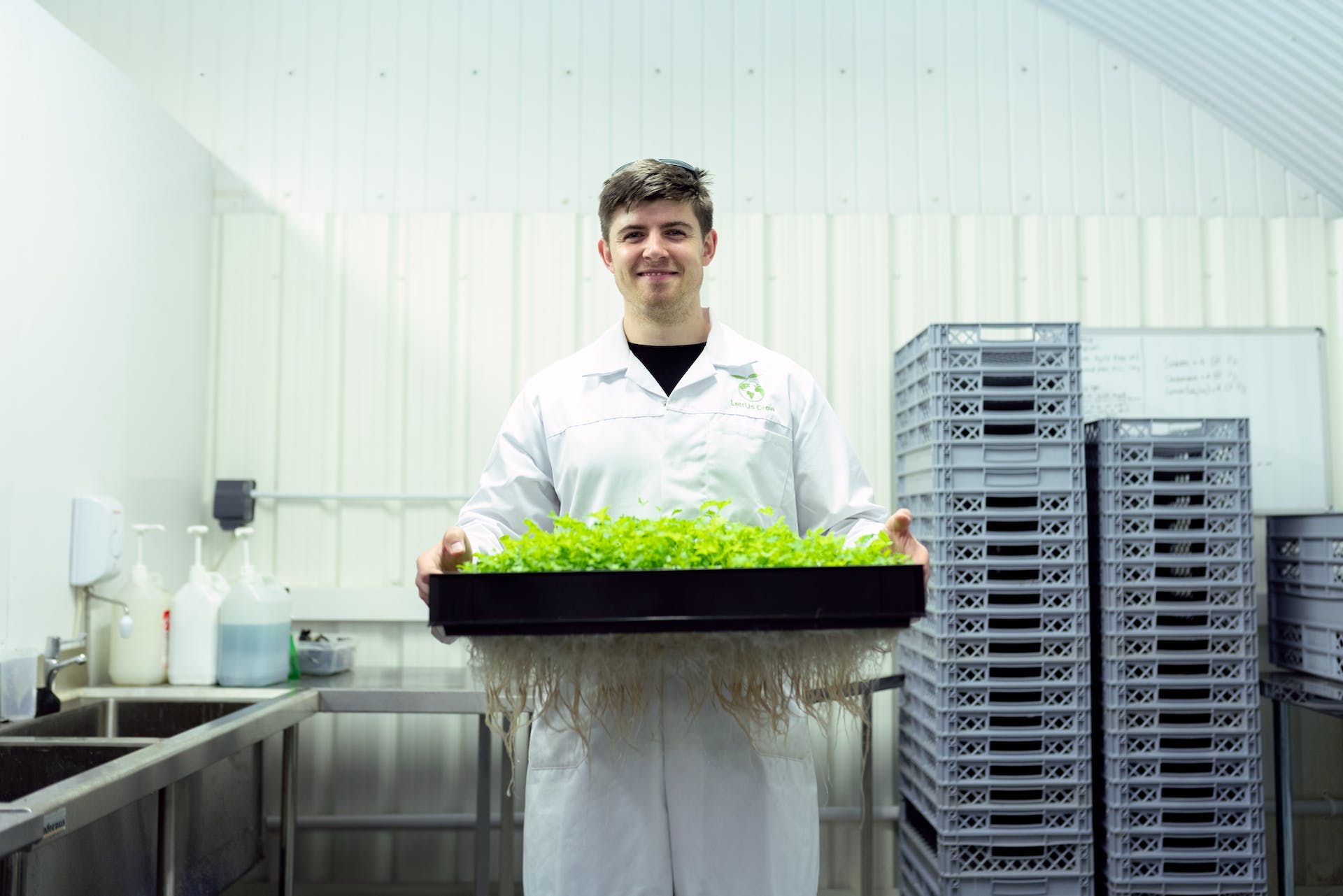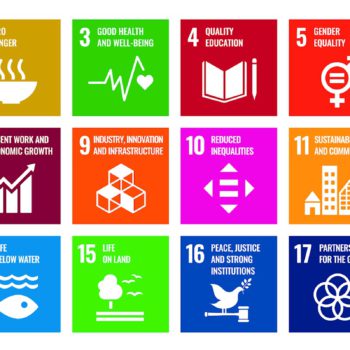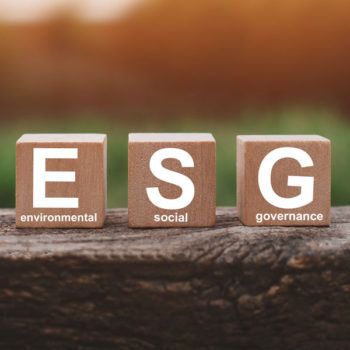|
|
Sustainability has become an increasingly important concept in today’s world, with the urgent need to address and mitigate the environmental challenges we face. A sustainability program is a comprehensive approach to incorporating sustainable practices and principles into various aspects of society to build a more sustainable future for all. In this article, we will explore the top 10 sustainability programs that are leading initiatives to create a more sustainable world.
What is a Sustainability Program?
Understanding the concept of sustainability
Before delving into sustainability programs, it’s essential to understand the concept of sustainability itself. Sustainability refers to the ability to meet the needs of the present generation without compromising the ability of future generations to meet their own needs. It involves responsible resource management, environmental stewardship, and social equity.
Exploring the benefits of sustainability programs
Sustainability programs offer numerous benefits for both individuals and the planet. By implementing sustainable practices, businesses can reduce their environmental impact, improve operational efficiency, and enhance their brand reputation. Sustainable communities are healthier, more resilient, and have a higher quality of life. Additionally, sustainability programs help address global challenges such as climate change, resource depletion, and social inequality.
How do we develop a successful sustainability program?
Developing a successful sustainability program requires careful planning, engagement with stakeholders, and setting clear sustainability goals. It involves integrating sustainable practices into all operations, from energy management to waste reduction. An interdisciplinary approach is often recommended, combining the expertise of professionals from various fields, such as environmental studies, public policy, and management.
Top 10 Sustainable Initiatives Making a Difference
Sustainable living is no longer just a trend but an integral part of our daily lives, with numerous sustainability initiatives worldwide helping us lead greener and eco-conscious lifestyles. Let’s explore some standout examples of these initiatives.
10. Energy Efficient Agriculture
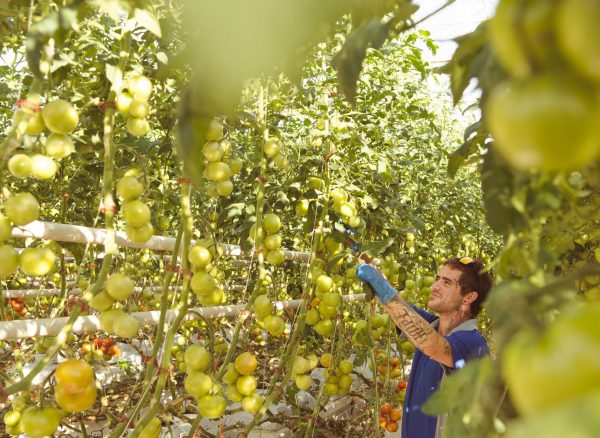
Sundrop Farms in Port Augusta, South Australia, pioneers high-tech greenhouse facilities using innovative methods that minimize reliance on finite natural resources in crop production. They showcase how agriculture can be more sustainable and resource-efficient.
Sundrop combines solar power, water-saving methods, and high-yield farming to produce quality crops while reducing fossil fuel and water use through renewable energy. They partner with customers to create tailored facilities for their specific needs.
9. Solar Glass- Onyx Solar

Solar glass is revolutionizing energy generation. It’s designed to replace traditional building materials in roofing, skylights, facades, and windows, efficiently generating power while integrating seamlessly into our daily environment.
One company known for solar glass in sustainability is Onyx Solar. They specialize in the design and manufacturing of photovoltaic glass for integration into building materials. Onyx Solar’s solar glass is used in various construction projects to generate clean energy while serving as a building material, contributing to sustainable and energy-efficient building designs.
8. The Green Building Initiative

The Green Building Initiative (GBI) is a nonprofit organization reshaping the construction landscape. They aim to enhance building performance, reduce environmental impacts, and offer certifications like Green Globes®, helping create more eco-friendly and energy-efficient structures.
They offer Green Globes, a building certification system that assesses the environmental friendliness, health and well-being, and resilience of commercial buildings and portfolios. It suits various projects, showcasing the owner and occupant’s dedication to sustainability and environmental goals.
7. DEMETRA
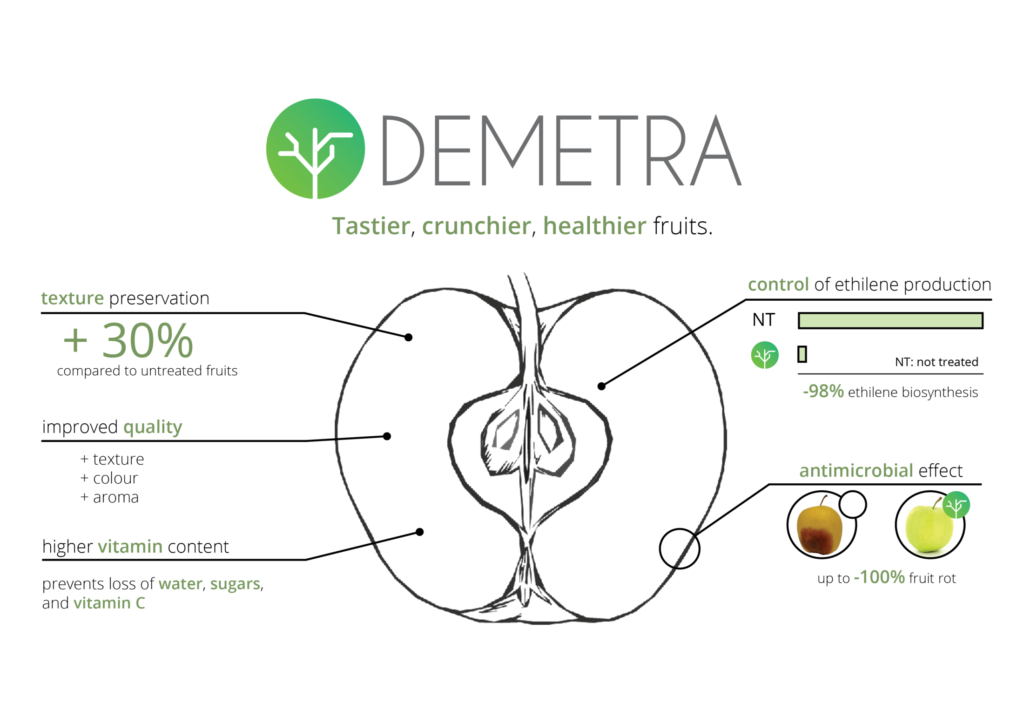
Green Code’s Demetra is tackling the challenge of food waste in the fruits and vegetables supply chain. They’re making food storage more sustainable and affordable while reducing the carbon footprint, a significant step towards sustainable agriculture.
DEMETRA is a natural way to keep fruits fresh longer, reducing food waste. It slows down fruit ripening, making them more resistant to damage and stress. This not only prevents food waste but also improves fruit quality and reduces the energy and environmental costs of refrigeration. DEMETRA is made from plant extracts, inspired by nature, and safe for people and the environment. It’s also suitable for organic farming.
6. Zéphyr Solar

Zéphyr Solar, created by Cédric Tomissi and Julie Dautel, is a project that aims to help people in crises by providing energy through solar balloons. These balloons have lightweight solar panels on top that generate energy for various uses, like powering equipment and communication antennas. Zéphyr Solar serves isolated areas and can also be used in air services for surveillance and quick deployment of communication networks, such as drones.
5. Supermarket Herb Gardens
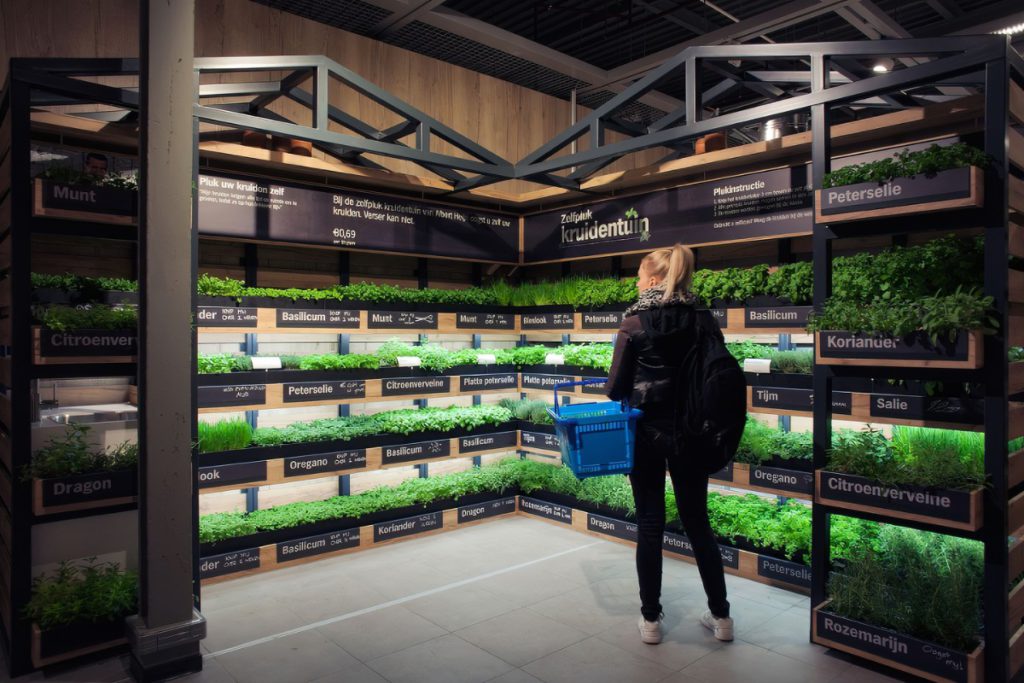
Albert Heijn supermarket in the Netherlands has introduced an in-store herb garden in response to the increasing interest in urban farming. This allows customers to easily access fresh herbs without the need for gardening space or time. The supermarket takes care of the herb garden, making it convenient for shoppers.
In the produce section, there’s an 8-square-meter area with two walls of fresh herbs. Customers can pick the herbs they want from the plants. There’s also a water tap for washing produce or hands after picking herbs.
4. An All-Natural Alternative to Plastic Bottles
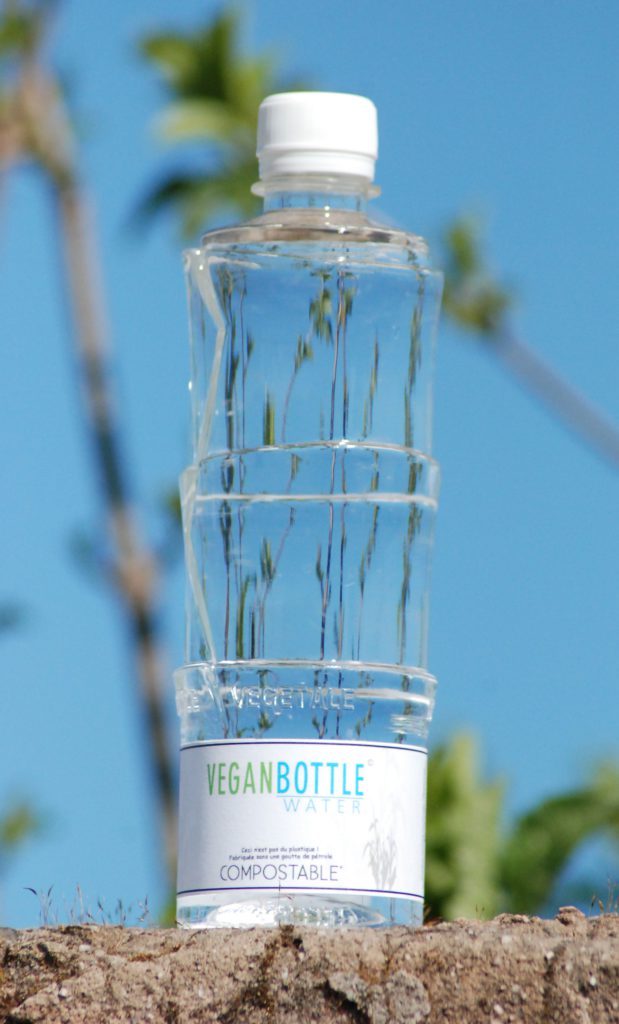
VeganBottle offers an eco-friendly alternative to traditional plastic bottles using plant-based, fully biodegradable bioplastic. Despite the growing concerns about plastic bottle waste, global consumption continues to rise, with one million bottles sold every minute. Initiatives like free tap water programs and inventions like solar lightbulbs from used bottles show positive steps.
VeganBottle is a 100% biodegradable option created from sugar cane by Lyspackaging, where every part, from the bottle to the lid and label, is biodegradable.
3. Waitrose Delivery Vans Fueled by Food Waste
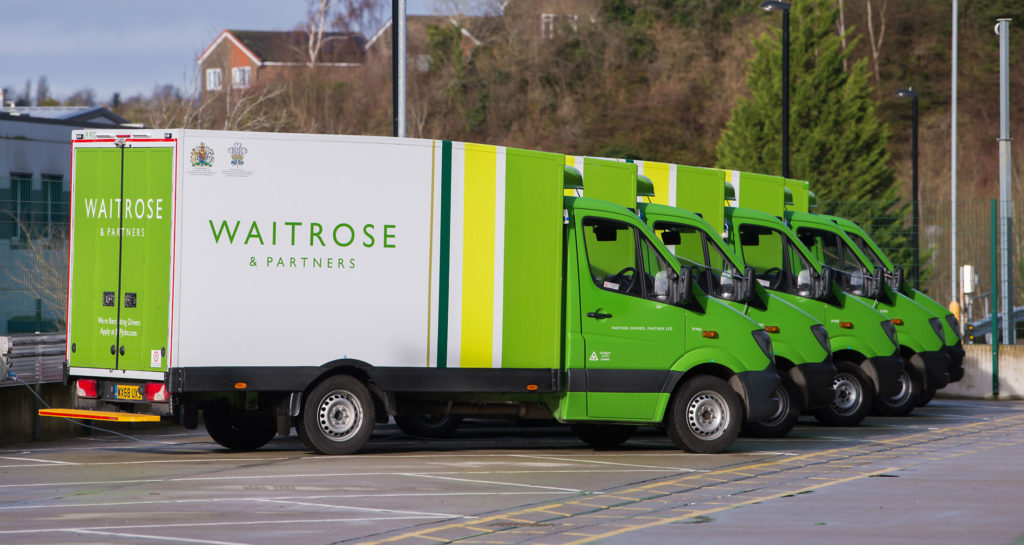
Waitrose is powering its delivery truck fleet with fuel derived from food scraps. This innovative approach not only cuts costs but also helps reduce food waste and carbon emissions in the transportation sector.
Customers who purchased groceries from Waitrose online or received small John Lewis deliveries began receiving their items in electric vans. The John Lewis Partnership had previously announced plans to expand its use of electric vans for deliveries to transition its 4,800-vehicle fleet away from fossil fuels by 2030.
In early 2021, the company conducted trials of two new vehicle designs for Waitrose.com food deliveries and small John Lewis orders, to convert 1,700 delivery vehicles to electric. This transition was estimated to save approximately 20,000 tonnes of carbon dioxide annually.
2. AirCarbon

AirCarbon is changing the game in plastic production. It converts captured greenhouse gases into tiny plastic pellets, offering a carbon-negative solution that mitigates emissions and transforms waste into practical products.
AirCarbon is a unique material made of 40% air and 60% captured greenhouse gases, without using oil or fossil fuels. This special substance is found in various living organisms, from humans to trees, and has been used to store carbon for ages. It’s biodegradable and strong as plastic, and it can be melted and molded into different shapes.
Cleaning the Oceans with Trash Bins
The Seabin technology is an ingenious solution for cleaning up our oceans. It collects floating trash in ports and marinas while gathering essential data on water quality. The Seabin not only fights ocean pollution but also educates the public about the importance of protecting our waterways.
Currently, 400 Seabin units are operational in 23 countries, such as Spain, Finland, and the USA, helping gather important information about ocean pollution. Device operators sort the marine litter collected by the Seabin filter manually, cataloging the items and using this data for foundational research.
Why is Sustainability Important for the Future?
Examining the impacts of unsustainable practices
Hazardous waste refers to waste that can harm people and the environment due to its properties. This waste can come from various sources, including industrial manufacturing processes and everyday items like batteries. Over the years from 2000 to 2020, there has been an assessment of how much hazardous waste each person generates, providing insights into our waste management and its potential impact on health and the environment.
Sustainable practices are crucial for addressing the effects of unsustainable practices. Overconsumption of natural resources, pollution, and habitat destruction have significant negative consequences for ecosystems, biodiversity, and human health. By embracing sustainability, we can prevent further environmental degradation and preserve the planet for future generations.
Exploring the role of sustainability in mitigating climate change
In these interactive visuals, various measures are presented to illustrate the impact on people and the losses they endure due to natural disasters brought by climate change.
The chart illustrates the number of fatalities and missing individuals resulting from these disasters. Subsequent charts provide data on fatalities, injuries, homelessness, and the displacement of people due to such calamities. The objective is to enhance the capacity of countries to address climate-related hazards and natural disasters by 2030.
Climate change is one of the most pressing challenges we face today. Sustainable practices, such as reducing greenhouse gas emissions, promoting clean energy, and adopting resilient strategies, are critical in mitigating climate change. Sustainable transportation, energy-efficient buildings, and renewable energy sources are essential for a sustainable future.
Creating a sustainable future through responsible resource management
In this scenario, “local governments” are the smaller government bodies responsible for creating plans to reduce disaster risks. The interactive visualization displays how many local administrations have followed national strategies when developing their disaster risk reduction plans.
The goal for 2030 is to enhance the ability of all countries to withstand climate-related dangers and natural disasters. Sustainability is closely linked to responsible resource management. As the global population grows, the demand for natural resources increases. By implementing sustainable resource management practices, such as recycling, circular economy models, and conscious consumption, we can ensure the availability of resources for future generations.
Understanding the Importance of Individual Actions
The significance of individual actions in promoting sustainability cannot be overstated. Every personal choice and behavior has the potential to make a substantial contribution to a more sustainable future. Understanding this impact empowers individuals to make informed decisions that collectively lead to positive global change. Whether it’s reducing energy consumption, supporting eco-friendly products, or endorsing sustainable businesses, each action plays a role in advancing sustainability.
In Australia, individual actions have had a remarkable impact on sustainability. Through initiatives like the “War on Waste” program, citizens have become more conscious of their behaviors and choices. This movement has led to a significant reduction in single-use plastic consumption and increased recycling, demonstrating the influential role of individuals in sustainability efforts.
Making Sustainable Choices in Everyday Life
Sustainability initiatives often begin right at home. Individuals have the power to make sustainable choices in their daily lives, thereby contributing to broader sustainability goals. This includes conserving energy and water resources, minimizing waste production, and embracing eco-friendly modes of transportation.
Choosing locally produced goods, supporting sustainable farming practices, and adopting a mindset of mindful consumption are straightforward yet highly effective ways for individuals to participate in sustainability efforts actively.
In Japan, there’s a strong emphasis on energy conservation in daily life. Citizens practice energy-efficient habits such as turning off lights and electronics when not in use and using energy-efficient appliances. These collective efforts have significantly reduced the country’s energy consumption and carbon emissions.
Getting Involved in Community Sustainability Projects
Active participation in community sustainability projects offers another avenue for individuals to contribute to broader sustainability initiatives. This involvement may entail volunteering with local environmental organizations, engaging in community garden projects, advocating for sustainability policies, and raising awareness about pressing environmental issues. Collaborative efforts at the community level hold the potential to drive positive change with the combined strength of individuals.
The “Trash Hero” movement, which originated in Thailand, has expanded to various countries worldwide. Participants organize community clean-up events and work towards raising awareness about plastic pollution and waste reduction. The movement’s success is a testament to the impact of community-driven initiatives on a global scale.
By understanding the ripple effect of their actions, people can be active contributors to sustainability, fostering positive changes in their communities and beyond.
Conclusion
In conclusion, the top 10 sustainability programs exemplify the global commitment to building a more sustainable future. These initiatives span a wide range of sectors, from clean energy to waste reduction, and they showcase the innovation and dedication of organizations and individuals worldwide. The collective efforts to address environmental challenges, promote responsible resource management, and mitigate the impact of climate change are essential steps toward ensuring a more sustainable and resilient planet.
By embracing and expanding these sustainability programs, we move closer to a future where ecological balance, social equity, and economic prosperity harmoniously coexist. Together, we can build a world that benefits not only the present but also the generations to come, working towards a more sustainable and promising future for all.
